Giant Sequoias are massive trees that are native to California’s Sierra Nevada mountain range. In this article, we have shared 9 interesting facts about Giant Sequoias trees that will surprise you for sure.
What is Giant Sequoia?
Giant Sequoias trees are among the largest living organisms on Earth by volume and can live for thousands of years. These trees are known for their thick, fire-resistant bark, which allows them to survive forest fires, and their shallow root systems, which make them vulnerable to damage from activities like logging and construction.
Despite their immense size, giant sequoias rely on natural disturbances like fires to reproduce, as the heat from the fires triggers the release of their seeds.
They are also important ecological and cultural symbols in the region, with significant spiritual significance for Indigenous communities. Today, there are a few giant sequoia groves left in the world, all of which are located in California.
Facts About Giant Sequoias Tree
Here are some amazing facts about Giant Sequoias trees.
1. Largest Tree in the World (by Volume)
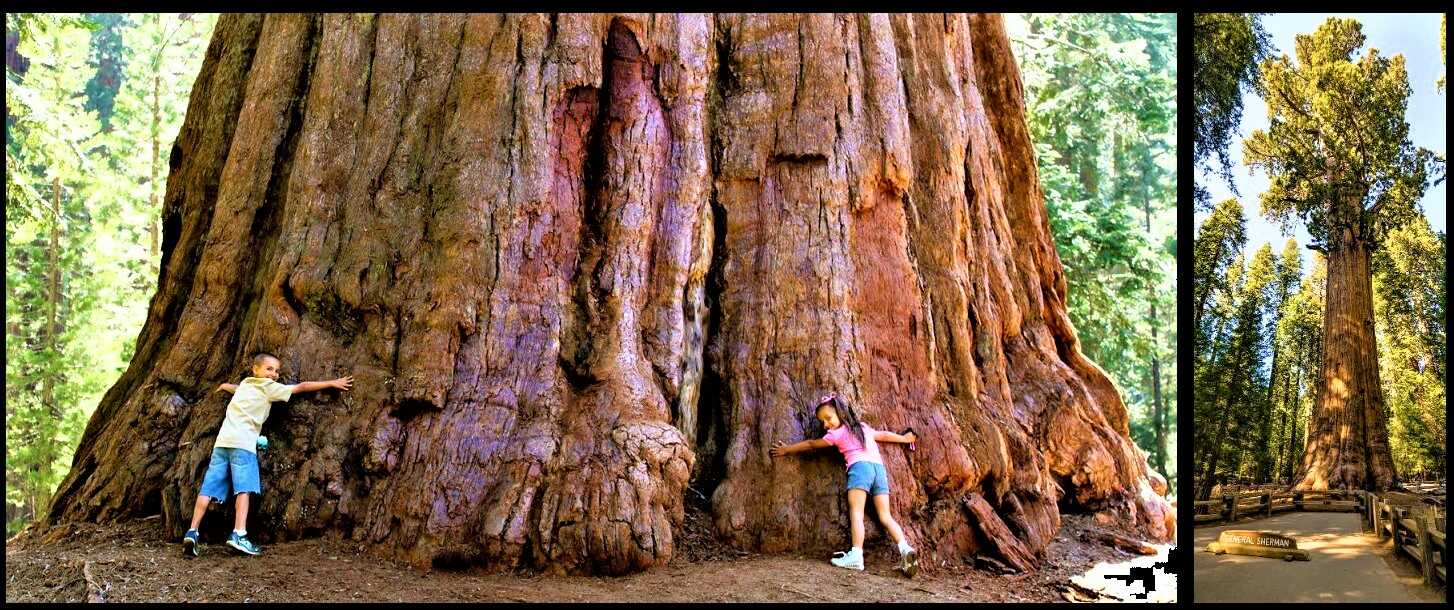
The largest tree in the world is a Giant Sequoia called the General Sherman tree, located in Sequoia National Park in California, USA. The General Sherman tree stands over 275 feet tall and has a diameter of more than 36 feet at its base, making it the largest tree in terms of volume. The estimated volume of the tree is over 52,000 cubic feet, and it is estimated to weigh more than 2.7 million pounds.
The General Sherman tree is estimated to be between 2,300 and 2,700 years old, making it one of the oldest living organisms on the planet.
Despite its immense size, the General Sherman tree is just one of many awe-inspiring Giant Sequoias that can be found throughout the Sierra Nevada region and is a testament to the incredible resilience and adaptability of these remarkable trees.
2. Giant Sequoias Vs Coastal Redwood
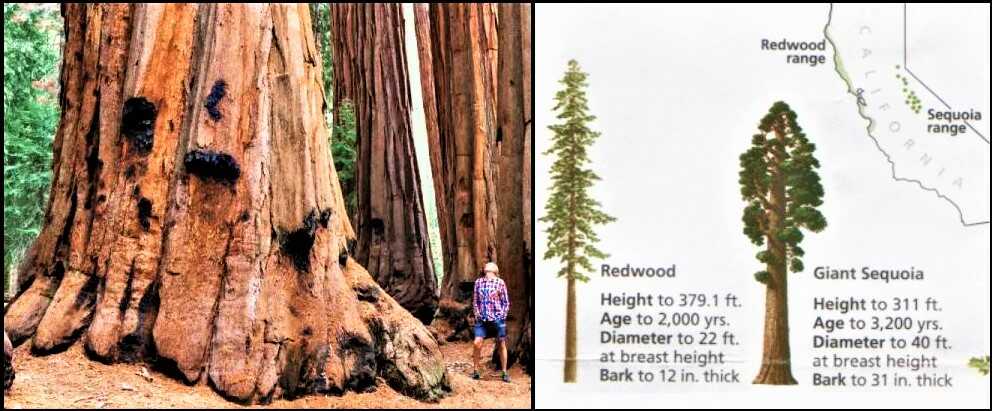
Giant sequoias are sometimes confused with their close relative, the coastal redwood, which grows taller but not as wide.
The Tallest tree in the world is currently a coast redwood (Sequoia sempervirens) named Hyperion, which stands 379.7 feet (115.7 meters) tall. It is located in Redwood National Park, California, USA.
While Giant Sequoias are the largest trees by volume, coast redwoods are the tallest trees in the world. Coast redwoods can grow to incredible heights due to their ability to absorb large amounts of water and nutrients from the soil and their tolerance for foggy, moist conditions.
The height of coast redwoods allows them to maximize their access to sunlight, which is necessary for photosynthesis and growth. The discovery of Hyperion in 2006 added to our understanding of the incredible heights that these trees can reach and inspired renewed interest in the conservation of old-growth redwood forests.
3. Native to California
These trees are native to California’s Sierra Nevada mountain range and can only be found in a small area of the world.
Giant Sequoias trees are native to the Sierra Nevada mountain range in California, USA. They can only be found in a small area of the world, primarily in the Sierra Nevada forests of California.
The majority of the groves of Giant Sequoias are protected within the boundaries of several National Parks, including Sequoia National Park, Kings Canyon National Park, and Yosemite National Park.
These parks were established in part to protect these iconic trees, and visitors can observe the trees and learn about their unique characteristics and ecological importance.
While there are some other species of redwood trees in other parts of the world, Giant Sequoias are unique to this region and are a treasured natural resource for Californians and people around the world.
4. Giant Sequoias Lifespan
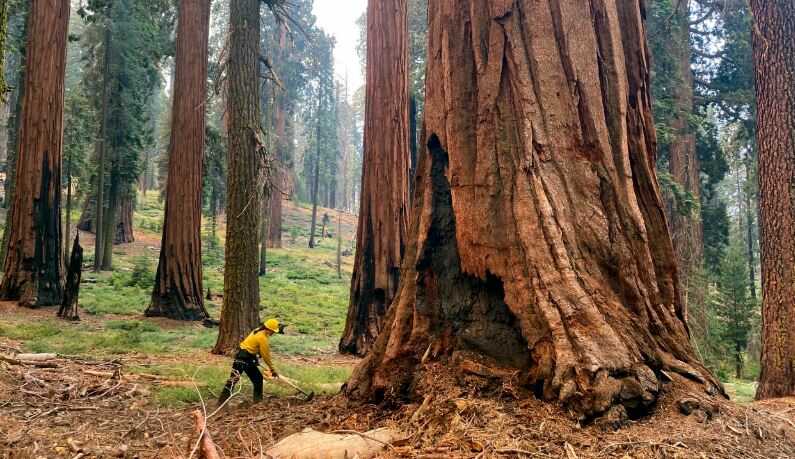
They can live for more than 3,000 years and grow to be over 300 feet tall.
Giant Sequoias are also known as Sierra redwoods. If we see historical facts about Giant Sequoias then they are among the longest-living organisms on Earth, with some trees estimated to be over 3,000 years old.
The exact age of individual trees can be difficult to determine with certainty, as the interior of the tree may be hollow or decayed, but scientists can use a variety of methods to estimate the age of a tree, including counting rings in the trunk, taking core samples, and using carbon dating techniques.
Some of the oldest known Giant Sequoias include the President Tree in Sequoia National Park, which is estimated to be over 3,200 years old, and the Grizzly Giant in Yosemite National Park, which is estimated to be over 1,800 years old.
The longevity of these trees is a testament to their resilience and ability to adapt to changing environmental conditions over the centuries.
5. Bark of Giant Sequoias
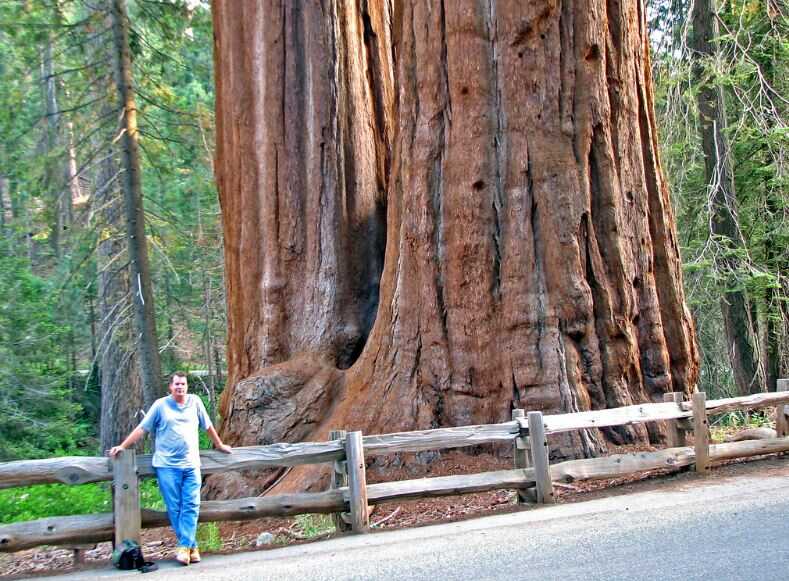
The bark of giant sequoias can grow up to 3 feet thick, providing them with protection against forest fires.
The bark of Giant Sequoias is one of their most distinctive features and plays an important role in protecting the tree from damage. The bark is thick, spongy, and fibrous, and can grow to be up to three feet thick, providing the tree with insulation from fire and other environmental stressors.
The bark also contains a high concentration of tannins, which give it a reddish-brown color and make it resistant to decay. In addition to protecting the tree from fire, the bark of Giant Sequoias also helps to regulate the temperature of the tree, insulating it from both heat and cold.
The bark of these trees is a remarkable adaptation that has allowed them to survive for thousands of years in a harsh and challenging environment.
Also Read: 19 Best Places to Visit in Yosemite
6. Roots of Giant Sequoias
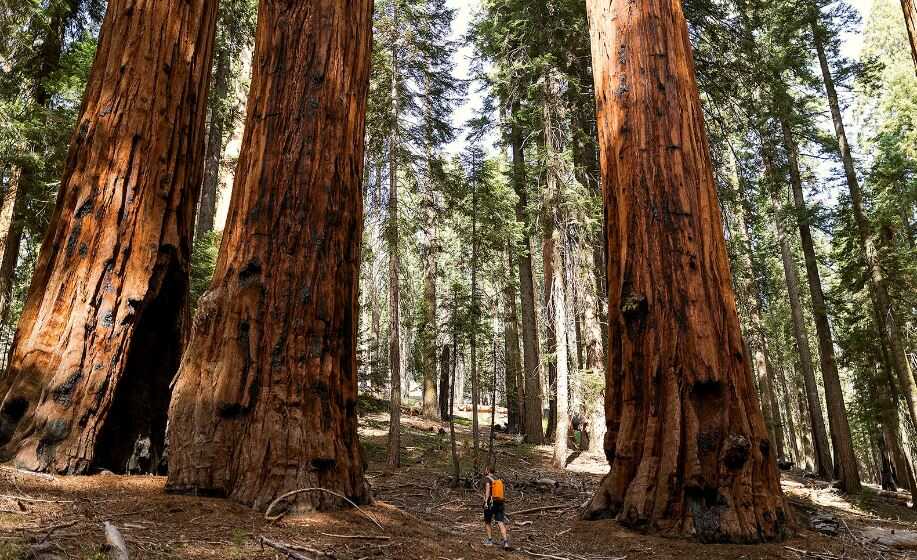
Despite their massive size, giant sequoias have a shallow root system that only extends about 6-12 feet deep.
The root system of Giant Sequoias is relatively shallow, which is surprising given the enormous size of the trees. The roots typically spread out laterally from the base of the tree, rather than growing deep into the soil. The shallow root system allows the trees to efficiently access nutrients and water from the upper soil layers, which is important in the Sierra Nevada environment where soil moisture can be limited.
However, the shallow root system also makes the trees more susceptible to damage from human activities like logging, construction, and soil compaction. To protect the trees, it is important to minimize soil disturbance and avoid compacting the soil around their roots.
In addition to their shallow roots, Giant Sequoias also have a symbiotic relationship with mycorrhizal fungi, which help to increase the absorption of nutrients and water from the soil. The complex interplay between the root system and fungi is another fascinating aspect of these remarkable trees.
7. Survival of Giant Sequoias
These trees are able to survive forest fires thanks to thick, fire-resistant bark and cones that only release their seeds after being exposed to high temperatures.
Giant Sequoias are able to survive for such a long time due to a combination of factors, including their adaptations to their environment, their ability to resist damage from environmental stressors, and their capacity to regenerate after disturbances. Some of the key factors that contribute to their longevity include:
- Fire resistance
- Drought tolerance
- Nutrient efficiency
- Reproductive resilience
- Resistance to disease and pests
Overall, the combination of these factors, along with their slow growth and incredible size, allows Giant Sequoias to survive for thousands of years, making them some of the most remarkable organisms on the planet.
8. Cones of Giant Sequoias
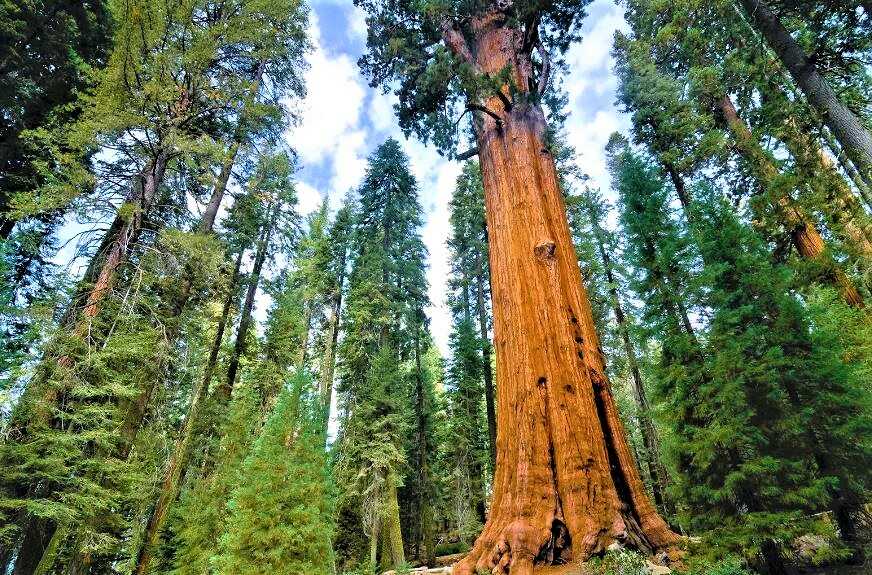
The cones of giant sequoias are among the largest of any tree species and can measure up to 20 inches long.
The cones of Giant Sequoias are another interesting aspect of these trees. The cones are large and woody, measuring up to 3 inches in length and containing hundreds of tiny seeds. The cones typically remain closed and attached to the tree for many years, and may only open and release their seeds after being exposed to high temperatures from a forest fire or other disturbance.
The heat causes the cones to open and releases their seeds, which can then germinate and grow into new trees. This adaptation ensures that the trees are able to reproduce and regenerate after a disturbance, helping to maintain the health and vitality of the forest.
In addition, the cones themselves are an important food source for many animals, including squirrels and woodpeckers, which rely on the seeds and woody structures for sustenance. The cones of Giant Sequoias are a unique and fascinating aspect of these iconic trees and have played an important role in their survival and reproduction over many centuries.
9. Wood of Giant Sequoias
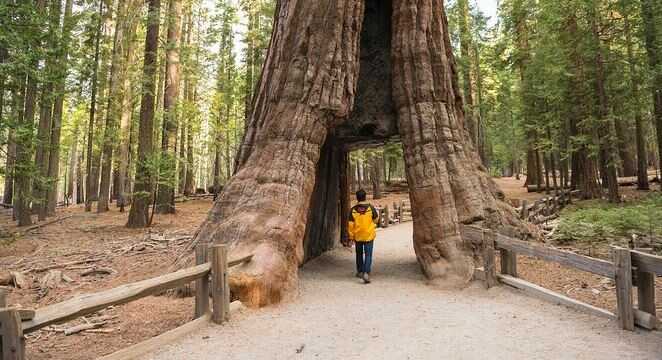
The wood of giant sequoias is lightweight, strong, and resistant to decay, making it highly sought after for construction and woodworking.
The wood of Giant Sequoias is prized for its durability and resistance to decay, due in part to its high concentration of tannins and other compounds that make it resistant to insects and fungal decay.
The wood is also known for its attractive reddish-brown color and distinctive grain patterns, which make it popular for use in decorative woodwork and furniture. However, despite its many desirable qualities, the wood of Giant Sequoias is not commonly harvested for commercial purposes, due in part to the protected status of these trees and the limited areas in which they can be found.
Additionally, the slow growth rate and long lifespan of Giant Sequoias make it difficult to cultivate them in a sustainable manner for commercial use. As a result, the wood of Giant Sequoias is typically only available in limited quantities and is primarily used for specialty products and high-end applications.
We hope you liked these interesting facts about Giant Sequoias. To read more travel stories follow Trekezy on Instagram.



